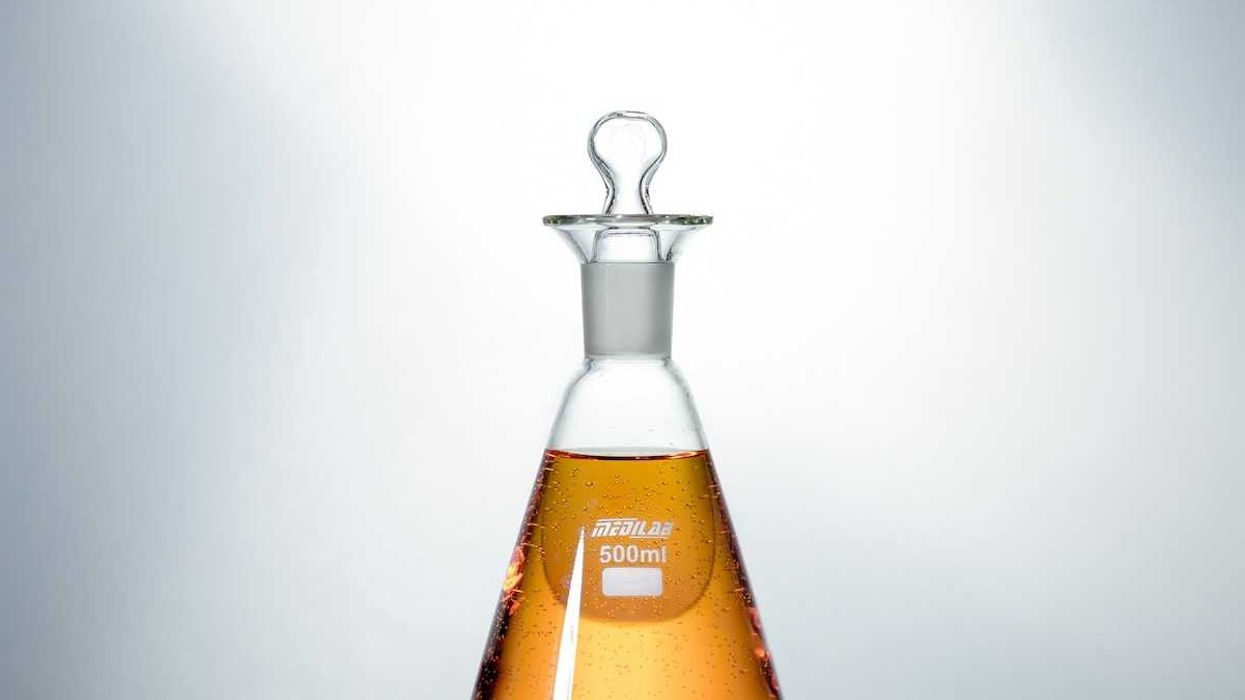Microplastics have been found in surprisingly high concentrations in Antarctic snow, with a new study showing contamination levels far higher than previously reported.
Douglas Main reports for The New Lede.
In short:
- Researchers found up to 3,000 microplastic particles per liter of Antarctic snow, with an average of 800 particles—much higher than a 2022 study's estimate of 29 particles per liter.
- The most common plastics were polyamide, PET and polyethylene, used in textiles, outdoor gear and packaging, suggesting both local and long-distance pollution sources.
- Scientists warn these tiny particles can harm wildlife by interfering with feeding, growth and reproduction, adding stress to already fragile ecosystems.
Key quote:
"It was surprising to see such high concentrations of microplastics in areas with a limited human footprint."
— Emily Rowlands, study co-author and researcher with the British Antarctic Survey
Why this matters:
Microplastics are turning up everywhere—from human bodies to remote ecosystems. Their presence in Antarctic snow highlights how plastic pollution spreads through the air and oceans, affecting even the planet’s most isolated regions. These tiny particles can be ingested by marine life, potentially disrupting food chains and worsening the effects of climate change on polar ecosystems.
Read more: Tiny plastic particles from tires pollute remote Alpine snow














